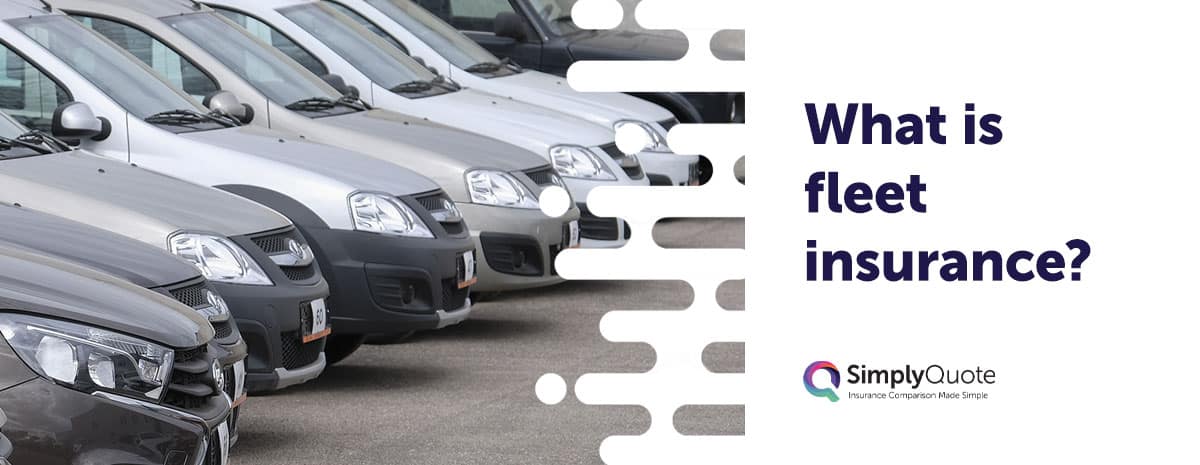What is fleet insurance?
Fleet insurance is a single policy that covers multiple vehicles—often including various drivers—under one umbrella. It offers protection against accidents, theft, and damage, simplifying cover for businesses that rely on a fleet.
By managing everything in one place, you reduce admin hassle and often secure bulk discounts. Whether you run a small business with two vans or oversee a fleet of lorries, consolidating policies can save both time and money compared to insuring each vehicle individually.
Why does this matter? Insurance costs are rising fast. Motor insurance payouts hit £2.54 billion in Q3 2023—a 21% jump from the previous year—driven by higher repair costs, claims, and compensation. With insurers paying out an average of £4,821 per minute, managing risk efficiently is more crucial than ever.
That’s where fleet insurance comes in. In this guide, we’ll cover who can get it, how premiums are calculated, key advantages, and ways to cut costs—helping you decide if it’s the right solution for your business.

Who can get fleet insurance?
Fleet insurance isn’t reserved for massive trucking companies. If you operate more than one vehicle, you’re typically eligible. Some insurers even provide “mini-fleet” coverage for as few as two vehicles, ideal for a small business or a sole trader wanting a simpler setup.
According to government figures, general insurance premiums have shot up by 21% over the past two years, with some commercial fleets reporting cost hikes of up to 50% since 2020. Faced with these rising rates, bundling vehicles under one policy can deliver much-needed stability and budget control.
| Business/Entity Type | Eligibility Notes |
|---|---|
| Sole Traders | Eligible from two vehicles upwards (mini-fleet deals often apply) |
| Limited Companies | Perfect for mixed fleets: cars, vans, or HGVs |
| Partnerships | Enjoy fewer renewal dates and consolidated paperwork |
| Charities/Local Bodies | Potential for special terms based on organisational risk profile |
Even public sector organisations or charities can benefit when operating a handful of minibuses or service vehicles. By consolidating all vehicles with one provider, you not only reduce administrative tasks but may also secure a better rate overall. The insurer will assess your claims history, driver records, and the types of vehicles you’re insuring—particularly if you transport valuable or hazardous materials.
Looking for fleet insurance? Get your quote today!
Get QuotesHow is fleet insurance calculated?
Fleet insurance costs depend on a broad range of factors, many of which reflect real-world risk. In Q3 2023, over 570,000 motor insurance claims were settled—a 5% increase on the same period in 2022—illustrating how active the claims environment can be.
Here are key considerations when an insurer calculates your premium:
1. Driver Records
Clean driving histories often translate to lower costs. Younger or less-experienced drivers can push premiums higher, and repeated endorsements signal additional risk.
2. Vehicle Usage
Insurers ask about annual mileage and where your vehicles operate. City-centre routes or frequent long-haul trips indicate a higher exposure to potential incidents.
3. Claims History
Past claims are a major indicator of future risk. If you’ve had multiple accidents within a short period, insurers will likely increase your premium to mitigate that risk.
4. Security Measures
Features like telematics devices, security cameras, or secure overnight parking often help reduce premiums. Demonstrating strong safety protocols is particularly relevant when every minute sees more than £4,800 in payouts from UK insurers.
Potential Savings
It’s not all doom and gloom. Many businesses can earn discounts by regularly updating driver training programmes, enforcing vehicle checks, or using telematics to validate safe driving. Over time, a strong no-claims record can significantly boost your bargaining power at renewal.
Can anyone drive on a fleet insurance policy?
Not always. Some policies allow any driver—provided they meet certain age and licence requirements—while others limit coverage to named drivers.
If you frequently bring on temp workers or rotate staff, an “any driver” option keeps things flexible, though it can raise premiums.
Named-driver arrangements, conversely, may work out cheaper since the insurer knows exactly who’s behind the wheel. However, you’ll need to update your provider every time a new driver joins.
Failing to do so could leave you underinsured if an incident occurs. Weigh the convenience of an open policy against the potential for higher costs. If your driver roster is stable and well-defined, named-driver coverage might suit you best; if not, an “any driver” arrangement could be simpler overall.
What are the advantages and disadvantages of fleet insurance?
A single policy for multiple vehicles certainly has its upsides, especially in a climate where insurers are paying out record sums each quarter. But it’s not without potential pitfalls. Here’s a balanced overview:
| Advantages | Disadvantages |
|---|---|
| Streamlined Management One renewal date, one insurer | Premium Hikes for Multiple Claims A series of accidents can raise rates significantly |
| Bulk Discounts Insurers may reduce per-vehicle rates | Vehicle & Driver Restrictions Some policies exclude younger drivers or certain vehicle types |
| Unified Claims Process Fewer calls and contacts for each incident | Any Driver Can Be Costly “Any driver” cover could drive premiums up if staff turnover is high |
Why do fleet insurers ask certain questions?
Insurers dive deep into questions about driver ages, qualifications, and licence endorsements to gauge who’s on your payroll. They’ll also ask about mileage, routes, and even how you store vehicles overnight. For example, a 24-hour delivery service running long routes through busy city centres is typically seen as higher risk than a rural landscaping business that only racks up moderate mileage.
Being open about your claims history is also key. One or two minor incidents might not dramatically change your quote, but repeated claims or serious accidents can make premiums soar. Insurers want to see evidence that you’re taking proactive steps, like installing dashcams or enforcing vehicle checks before each shift. The more you demonstrate a commitment to safety, the more insurers may be willing to reward you with competitive rates.
Final thoughts
Fleet insurance can be a real advantage in a market where insurance costs have risen by 21% over the past two years, and some fleets report even steeper hikes. It covers multiple vehicles under one policy, streamlining claims and renewals.
This not only cuts down on admin time but can lead to more predictable budgeting, particularly if your business is expanding or you frequently change vehicles.
Still, no approach is bulletproof. A cluster of claims in one policy term might push your premiums higher across all vehicles, especially if those accidents are costly. Staying transparent with your insurer, investing in driver training, and updating policies whenever staff changes occur will serve you well. The fewer unknowns you present, the more confident an insurer can be in offering you a competitive rate.
For businesses with a stable driver roster and a strong safety record, a fleet policy can deliver impressive benefits. It’s worth shopping around, though, as different insurers may specialise in different types of vehicles or driving environments. By comparing quotes thoroughly and focusing on risk management, you’ll be positioned to harness the advantages of fleet insurance while minimising its potential drawbacks.
Frequently Asked Questions (FAQs)
Yes. Several insurers offer “mini-fleet” policies covering just two vehicles, a handy arrangement for small businesses or self-employed professionals.
They typically apply to your entire fleet rather than individual vehicles. Maintaining a clean record across all vehicles could help reduce your renewal premium significantly.
Generally, yes. Allowing any driver—inexperienced or otherwise—introduces extra risk, which insurers offset by charging higher premiums.
Factors include higher repair costs, frequent claims, and escalating legal fees. Motor insurance payouts soared to £2.54 billion in Q3 2023, reflecting this trend.
Potentially. Many insurers offer add-ons for risky cargo, but you must mention these needs upfront to be fully protected.
Telematics systems monitor driver behaviour. Consistent safe driving can translate into discounts over time as your insurer sees lower risk.
A string of costly claims can increase your entire fleet’s premium. This collective penalty underscores why driver training and safety culture matter so much.
Yes. Secure compounds, lockable garages, or advanced alarm systems typically reduce the risk of theft, which many insurers reward with lower premiums.
